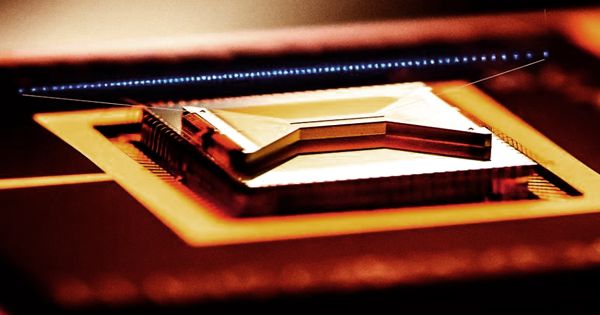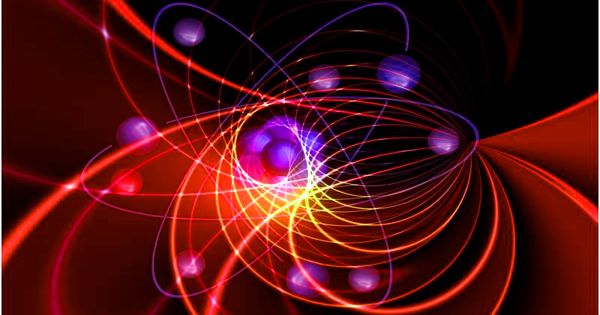Researchers have put forward a comprehensive plan of how quickly and better described quantum bits-qubits-can be formed. The core elements are magnetic atoms in the class of so-called rare-earth metals, which can be selectively implanted into the crystal lattice of the material. – of these atoms represents a single qubit. Researchers have shown how these qubits can be triggered, entangled, used as memory bits, and read-out. The core elements are magnetic atoms in the class of so-called rare-earth metals, which can be selectively implanted into the crystal lattice of the material. – of these atoms represents a single qubit.
Researchers at the Paul Scherrer Institute PSI have provided a comprehensive plan of how fast and better described quantum bits-qubits-can be produced. The core elements are magnetic atoms in the class of so-called rare-earth metals, which can be selectively implanted into the crystal lattice of the material. Each of these atoms represents a single qubit. Researchers have shown how these qubits can be triggered, entangled, used as memory bits, and read-out. Their architecture principle and accompanying equations have now been published in the journal PRX Quantum.
Swiss researchers at the Paul Scherrer Institute (PSI) have put forward a detailed plan of how faster and better defined qubits can be created. The researchers have demonstrated how these qubits can be activated, entangled, used as memory bits, and readout.
On the path to quantum computers, the initial prerequisite is to construct so-called quantum bits or “qubits”: memory bits that, unlike classical bits, will take on not just the binary values of zero and one, but also any random mixture of these states. “With this, a whole new method of computation and data processing is possible, which means an immense acceleration of computing power for particular applications,” says PSI researcher Manuel Grimm, the first author of a new paper on qubits.

The authors explain how logical bits and simple computer operations on them can be realized in a magnetic solid: qubits can exist on individual atoms of a rare-earth element class, built into the crystal lattice of the host material. On the basis of quantum mechanics, the writers calculate that the nuclear spin of rare earth atoms will be ideal for use as an information carrier, i.e. a qubit. They further suggest that the targeted laser beams may briefly transfer the information to the electrons of the atom and thereby activate the qubits, making their information visible to the surrounding atoms.
Two such triggered qubits interact with each other and may thus be “entangled.” Entanglement is a special function of multiple particle or qubit quantum systems that is important for quantum computers: The effect of measuring one qubit depends directly on the calculation effects of other qubits, and vice versa.
Faster means less error-prone
Researchers show how these qubits can be used to generate logic gates, in particular the “NOT regulated gate” (CNOT gate). Logic gates are simple building blocks and are often used by classical computers to execute calculations. If a large number of such CNOT gates as well as single-qubit gates are combined, any imaginable computing operation becomes feasible. They are also the basis for quantum computers.
This paper is not the first to suggest quantum logic gates. “However, our method of triggering and entangling qubits has a decisive advantage over previous comparable proposals: it is at least ten times quicker,” says Grimm. The benefit, however, is not just the speed with which a quantum computer based on this principle might calculate; above all, it tackles the system’s susceptibility to error.” Qubits are not very stable at all.
If the entanglement mechanisms are too long, there is a better chance that any of the qubits will lose their information in the meantime,” explains Grimm. In the end, what PSI researchers have found is a means of rendering this type of quantum computer not only at least ten times faster than analogous devices, but much less error-prone by the same factor.














